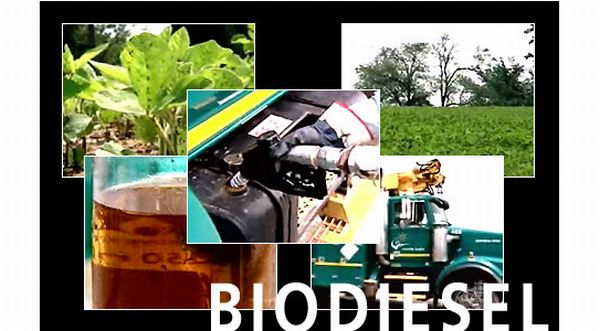There are a number of problems the Biofuel industry faces trying to expand into a growing market. Here are some of the hurdles they will have to pass before becoming widely produced to be commercially fit.

Algal pond collapse
Unlike other food crops that the world mass produces, scientist have yet to come up with a pesticide or chemical protectant that will allow biofuel producers to combat algal pond collapse. Algae is susceptible to fungi and other viruses that live and breed in water. For now, the only solution to the problem is by increasing the monitoring of the algae. Some companies are producing technology to monitor the pathogens in the water at all times.

The blend wall
It is possible that gas stations can begin to mix the normal gasoline with ethanol to conserve non-renewable resource. The EPA are considering putting ethanol in with the gasoline with a ratio of 15 to 100. They call it E15. But there is a glitch in the plan: Some cars can’t handle ethanol. Newer cars can use the ethanol without damaging the engine but that doesn’t hold true for all cars. Cars and SUV’s that were made in and after 2001 can use ethanol blend E15 but anything before that will not fare as well. The same goes for motorcycles. For the full list of vehicles check out ethanol.org.

Quality Challenges
Because of the variability of different biofuels it will be difficult to keep them at their peak effectiveness. They have different temperatures at which they degrade so regulating them will be tough. Gasoline on the other hand is easier to handle and the most forgiving of changeable weather. There is also variability in the feedstock that the biofuel was made of.

Ethanol Challenges
The big debate over ethanol from corn is the fuel vs food debate. Should we grow a food crop that won’t go to feed the many hungry people we have around the world? It is hard question to answer. When you consider all the time and effort and resources that goes into growing and caring for corn it doesn’t seem like a good trade off. Ethanol is also hard to transport since it can’t go down pipelines. It is too easily contaminated.

Deforestation
In recent years there has been a growing problem in South American and Asian countries because forests have been getting destroyed to make room for Palm trees. Palm oil biofuel is new to the scene of biofuels. It has mainly been used as food and makeup additives. But now it’s being used to be turned into diesel. In the short and long term this isn’t an effective solution to the fuel problem.
Summary
Biofuels are often seen as a clean alternative to petroleum. They must, however, overcome several challenges to be truly considered sustainable.




